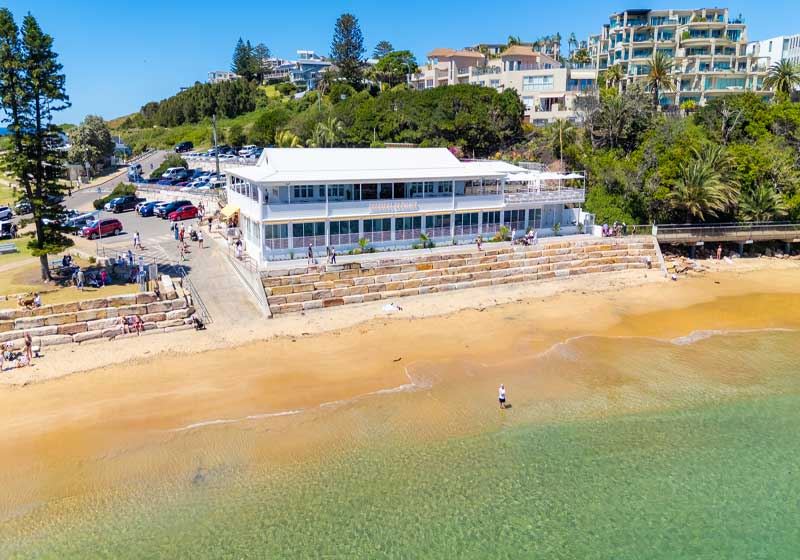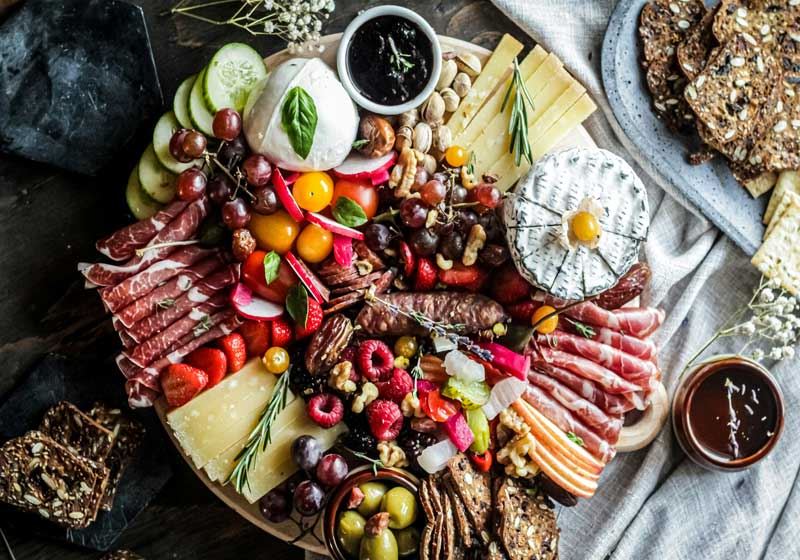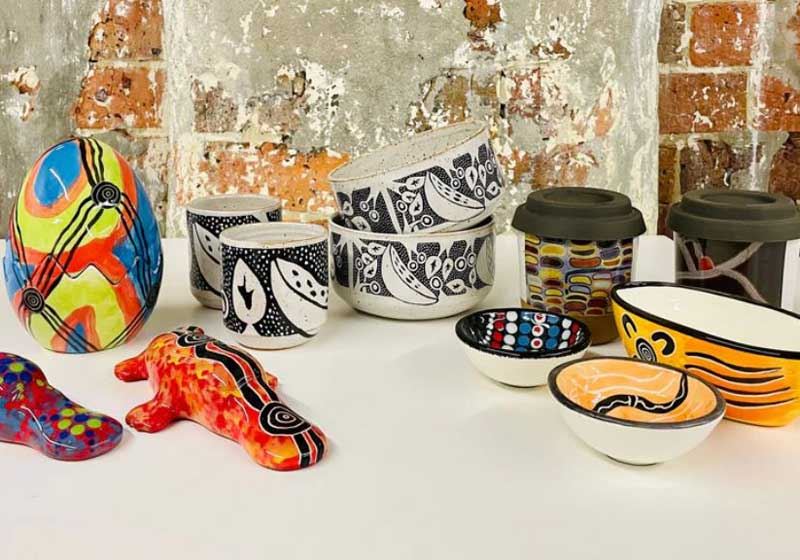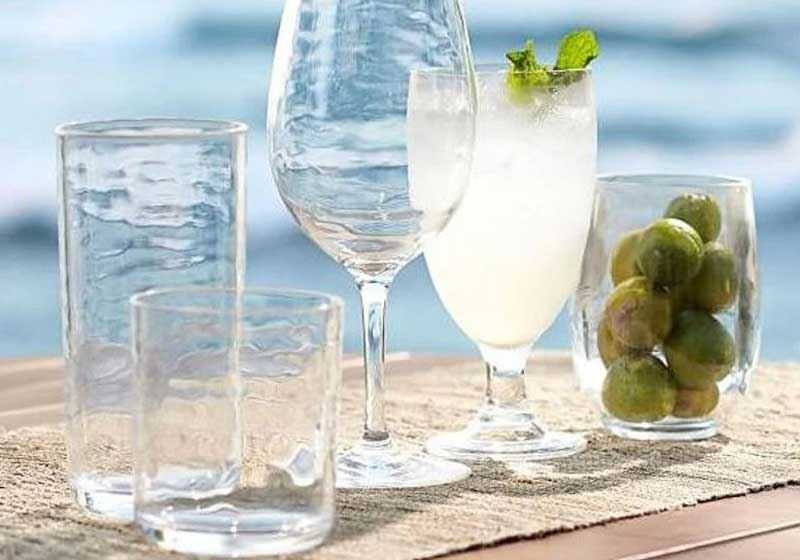For those with a sweet tooth and a curiosity for cultural indulgence, Filipino desserts are a treasure trove of unique textures, tropical flavours and heartfelt tradition.
Fusing Malay, Spanish, Chinese and American influences, Filipino sweets are as colourful as the country’s 7000-plus islands and as warm as its people.
From shaved ice delights to sticky rice treats, these desserts offer more than just a sugar hit - they’re a journey into the soul of the Philippines.
At the top of any Filipino dessert list is halo-halo, a dazzling and chaotic mix of shaved ice, sweetened beans, jellies, fruits, leche flan, purple yam (ube) and evaporated milk. Served in a tall glass, halo-halo literally means ‘mix-mix’, encouraging diners to stir it all together before digging in.
It’s not just a dessert - it’s an experience, especially refreshing during the sweltering tropical heat.
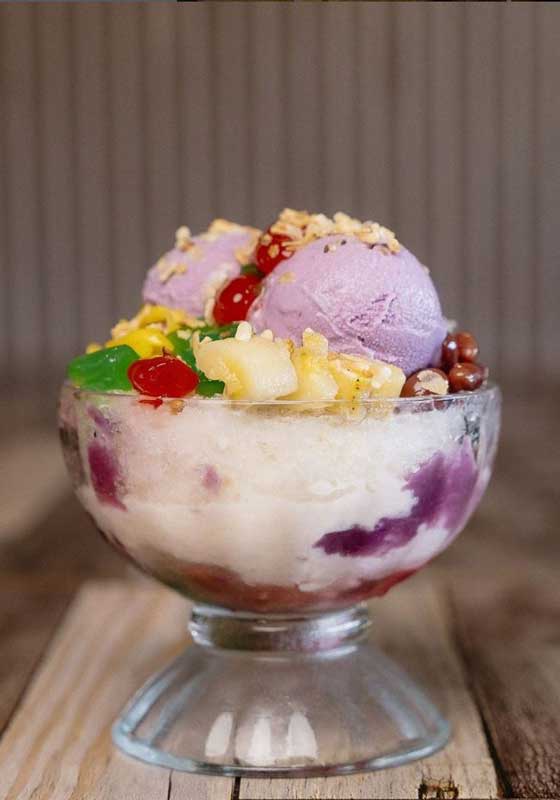
Equally beloved is leche flan, a creamy, velvety caramel custard that reflects the country’s Spanish colonial past. Denser and richer than its Latin American counterparts, Filipino leche flan uses lots of egg yolks and condensed milk, resulting in a lusciously sweet and decadent treat often served during holidays and celebrations.
Then there’s ube halaya, a purple yam jam that’s as stunning to look at as it is to eat. Ube has become something of a global sensation in recent years, but in the Philippines, it has long been a staple dessert ingredient.
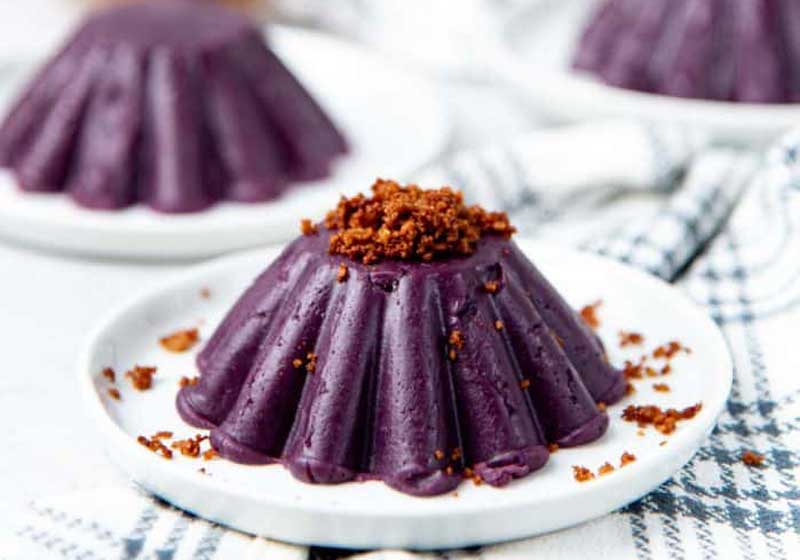
Photo credit: The Flavor Bender.
Ube halaya is often enjoyed on its own or used to flavour cakes, ice cream and pastries. Its subtly nutty flavour and vibrant hue make it both comforting and visually striking.
Turon is another must-try, offering a taste of Filipino street food culture. This golden, crispy snack wraps thin slices of banana (usually saba) and sometimes jackfruit in a spring roll wrapper before deep-frying it to caramelised perfection. The result is a crunchy, sticky-sweet dessert that’s impossible to stop at just one.

Filipino desserts also excel in their use of glutinous rice - a common element in many Asian sweets. Bibingka and puto bumbong are two iconic examples. Bibingka is a rice cake traditionally cooked in banana leaves and topped with salted egg and grated coconut, creating a balance of sweet, salty and smoky flavours.
Puto bumbong, on the other hand, is made with purple rice steamed in bamboo tubes and served with butter, brown sugar and coconut. Both are staples during the festive Christmas season.
For something cool and chewy, there’s buko pandan - a refreshing dessert made with young coconut strips, pandan jelly and sweetened cream. Often served chilled, it’s a staple at Filipino parties and family gatherings.
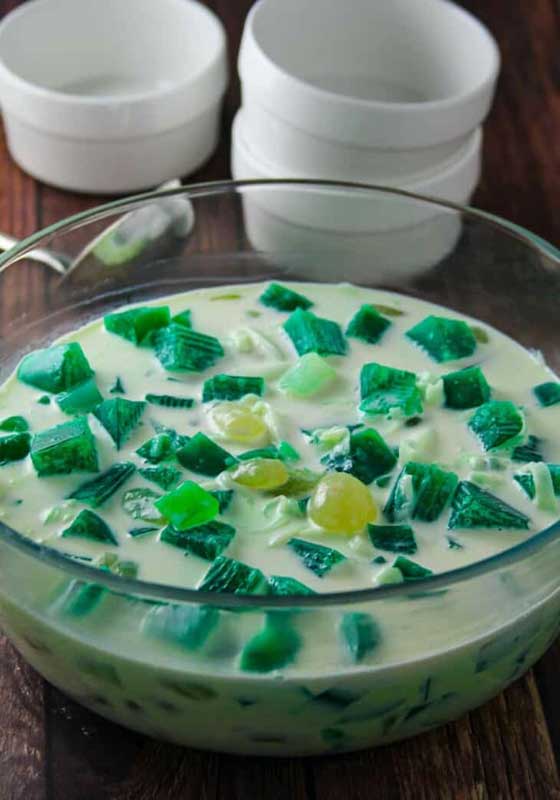
Photo credit: Kawaling Pinoy.
Similarly, maja blanca, a coconut milk pudding with a jelly-like texture, often incorporates corn kernels and is topped with toasted coconut or latik (coconut curds), delivering a delicate balance of creaminess and bite.
The magic of Filipino desserts lies in their ability to celebrate both simplicity and extravagance. Whether it’s the humble sticky rice or the multi-layered extravaganza of halo-halo, each dessert tells a story of family, history, and joyful indulgence.
For Australians looking to explore global sweets, the vibrant world of Filipino desserts offers a fresh and flavourful adventure - one that delights the palate and warms the heart.


